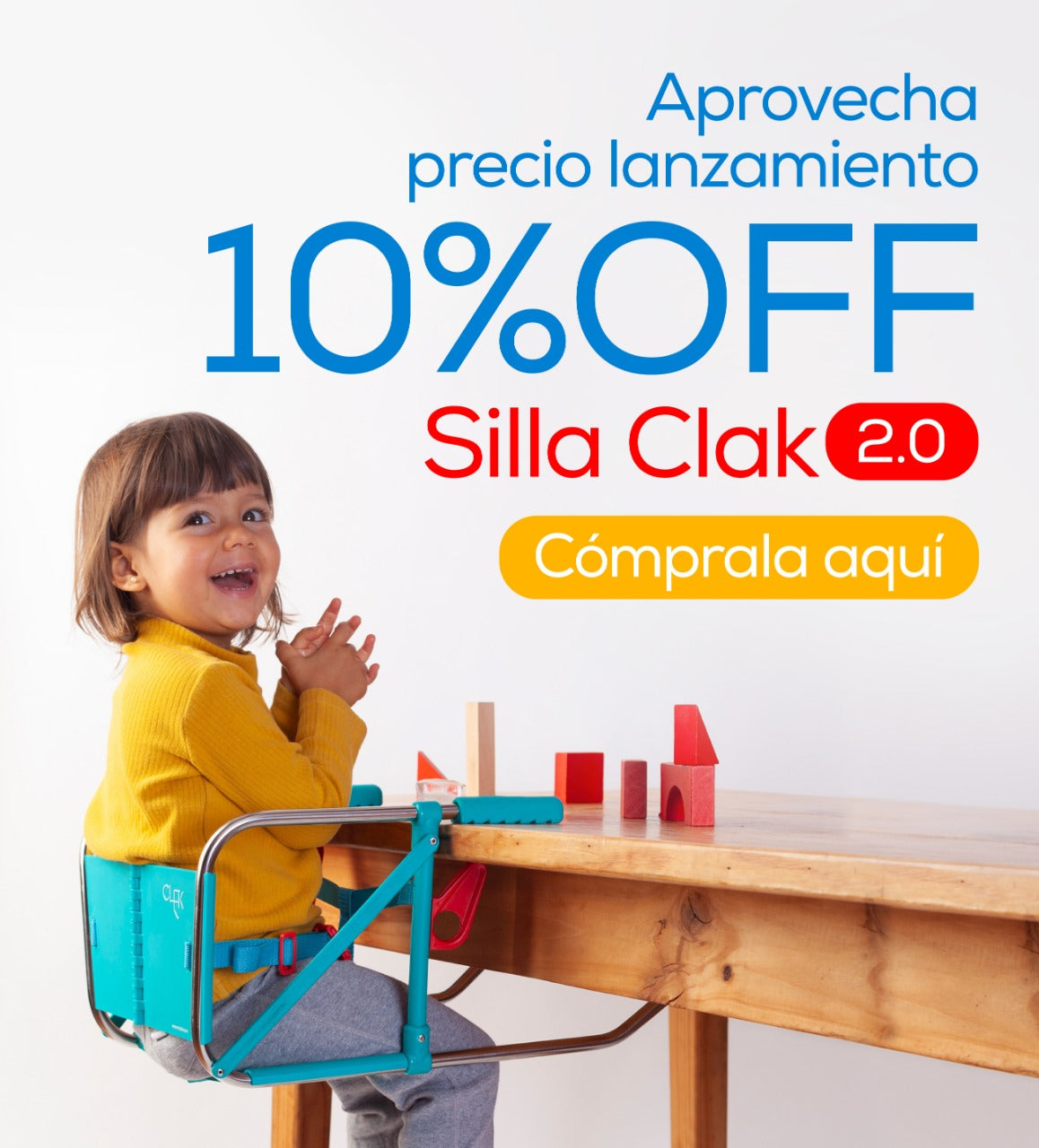IT IS CALLED CLAK AND IT IS CHARACTERIZED BY BEING LIGHTWEIGHT AND FOLDABLE
By: Rodrigo Sepúlveda, Las Últimas Noticias / July 16, 2018
Two years ago, the couple, architect Olimpia Lira Sutil and visual artist Tomás Rodríguez, wanted their son, who was six months old at the time, to be able to sit at the table with them. “We wanted Cirilo to share there with us since he was little. We believe that the dining table is the heart of every family,” says Lira.
The problem was that he didn't like the traditional bus seats or they were very bulky and difficult to store. So they decided to create a chair on their own. As an additional challenge, it had to be light and foldable so that it could be taken anywhere and have a system so that it could be used on tables of any height. They took as an example an old chair that Olimpia used as a child and adapted it. The result was named the Clak chair in reference to the noise that is produced when it is attached to a table.
Its design is designed so that the same weight of the baby structurally presses the chair with the table in four different points, making it very firm. It also has non-slip rubber on its four support points. Armada measures 52 × 22 × 36 cm and is made of stainless steel, ABS plastic, rubber and PVC. It is designed so that babies from six months to children weighing a maximum of 18 kilos can sit there, that is, normally up to five years old.
“Our first challenge was to ensure that the first scale prototype was resistant. We made it in 3D printing and it turned out super good, so much so that we started sitting Cirilo in it and photographing it to upload it to Instagram. The response from the people was immediate, the chair generated a lot of interest and new followers,” says Lira.
It is recommended to use a table between 10 to 40 millimeters thick and with four legs, stable and with a solid base, not glass. “Building the matrix was quite a challenge, through pure trial and error, since the pieces and the fitting system of the chairs are millimeter precise. We also knew that we had a good idea, a very good product, and that we wanted to create it in Chile. It seemed very important to us to see their faces and create bonds with our teachers and providers. It was like giving birth to a second child and we were interested in doing it at home and not in China to reduce costs as many suggested,” explains Rodríguez.

)
